MIT
Latest

MIT’s thread-like robot can slip through blood vessels in your brain
MIT engineers created a thread-like robot that can glide through the brain's blood vessels and could deliver clot-reducing drugs to treat strokes or aneurysms. The robotic thread could offer an alternative to open brain surgery, and it could be controlled by surgeons outside of the operating room. Theoretically, surgeons could control it remotely from an entirely different location.
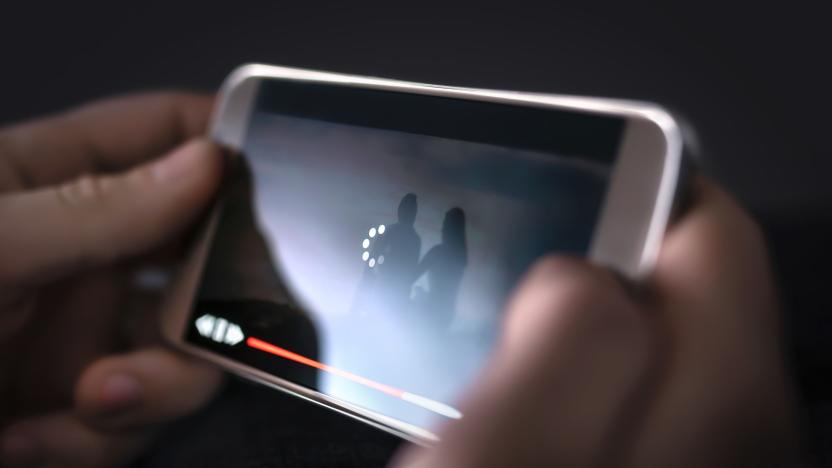
MIT experts find a way to reduce video stream buffering on busy WiFi
Is there anything more annoying that trying to watch a video on a slow internet connection shared with a bunch of other users? Skips, endless buffering, and ugly pixelation can ruin the experience of watching a movie or TV show when everyone in your house is trying to stream at the same time.

AI knitting system designs and creates garments
If you've ever wanted a custom bobble hat but your knitting skills aren't up to par, let the robots do it. Researchers at MIT's Computer Science & Artificial Intelligence Laboratory (CSAIL) have developed a computer-aided knitting system which can automate the design and manufacture of knitted garments.
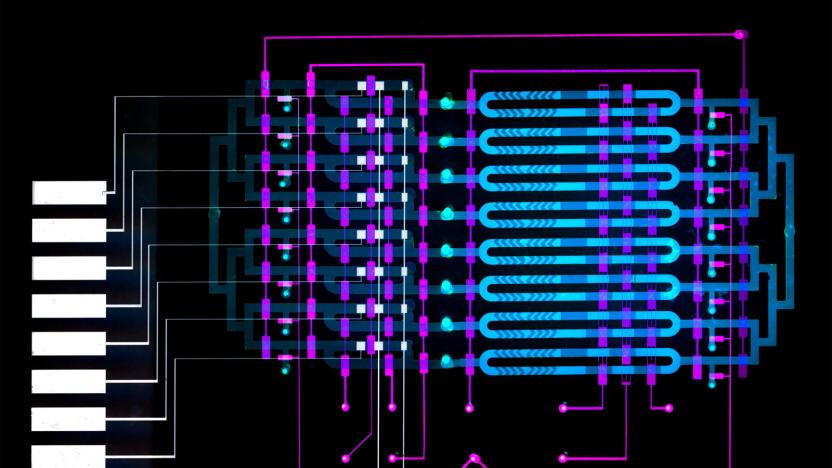
Microfluidic sensor could spot life-threatening sepsis in minutes
Sepsis (where your immune system starts a chain of inflammation reactions) is potentially deadly, especially if septic shock leads your organs to fail, but diagnosing that in a timely fashion is still difficult or requires an unwieldy device. Thankfully, MIT researchers might have a way to identify sepsis before it's too late. They've designed a small microfluidic sensor that could detect sepsis in roughly 25 minutes, or enough time for doctors to start treatment. It might not look like much, but it promises far more sensitive detection than before.
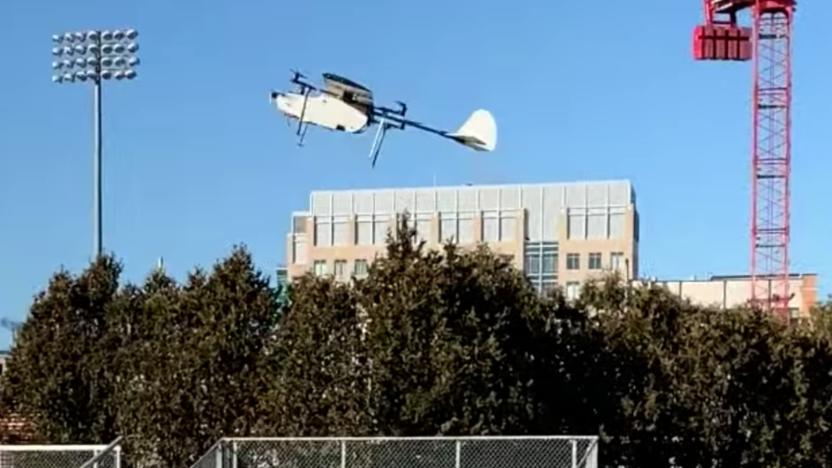
MIT is testing drones that can switch between hovering and gliding
There are two types of drones: fixed-wing models that look like airplanes and multicopters that resemble hovering squares. A group of MIT scientists have designed a new platform that lets users combine the best of both worlds and create their own hybrid, fixed-wing drones. The end result is a drone that can both hover like a helicopter and glide like an airplane.

Synthetic fiber 'muscles' could lead to brawny robots and prosthetics
Most attempts at giving robots muscles tend to be heavy, slow or both. Scientists might finally have a solution that's both light and nimble, though. They've developed fibers that can serve as artificial muscles for robots while remaining light, responsive and powerful. They bonded two polymers with very different thermal expansion rates (a cyclic copolymer elastomer and a thermoplastic polyethylene) that reacts with a strong pulling force when subjected to even slight changes in heat. They're so strong that just one fiber can lift up to 650 times its weight, and response times can be measured in milliseconds.

Computer password inventor Fernando Corbato dies at 93
Computer security just lost one of its founders. Fernando "Corby" Corbato, credited with inventing the computer password, has died at the age of 93. The MIT researcher devised the concept of password-protected user accounts when establishing his Compatible Time-Sharing System, which let multiple people use a computer at the same time. It was just a matter of establishing "compartmentalization" and basic privacy, Corbato told the Wall Street Journal in a 2014 interview, but the move would help shape digital security going forward.
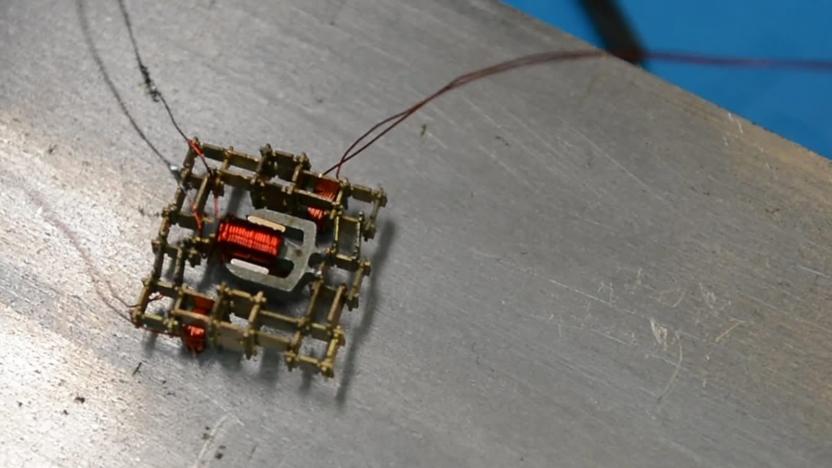
Tiny 'walking' motor could help robots build other robots
How do you get better at making more robots? By rethinking how you build the manufacturing robots, apparently. MIT researchers have developed a minuscule "walking" motor that allows for robots which should be at once customizable, fast and inexpensive. It's made of just five modular parts, including rigid and flexible components, electromagnetics, a coil and a magnet. Those move an appendage that lets the robot crawl, grip, push and otherwise perform tasks without a complex set of parts -- it's likened to a "micro-Lego" that can be configured to do what you want with a minimum of fuss.

MIT made an AI that can detect and create fake images
Creating digital renderings and editing images can take hours, but researchers from MIT and IBM want to change that. They've trained AI to generate photographic images from scratch and to intelligently edit objects inside them. While this could be beneficial for artists and designers, it also offers insight into how neural networks learn context, and the team hopes to leverage the tool to spot fake or altered images.

MIT is turning AI into a pizza chef
Never mind having robots deliver pizza -- if MIT and QCRI researchers have their way, the automatons will make your pizza as well. They've developed a neural network, PizzaGAN (Generative Adversarial Network), that learns how to make pizza using pictures. After training on thousands of synthetic and real pizza pictures, the AI knows not only how to identify individual toppings, but how to distinguish their layers and the order in which they need to appear. From there, the system can create step-by-step guides for making pizza using only one example photo as the starting point.

MIT's new robot can identify things by sight and by touch
For humans, it's easy to predict how an object will feel by looking at it or tell what an object looks like by touching it, but this can be a big challenge for machines. Now, a new robot developed by MIT's Computer Science and Artificial Intelligence Laboratory (CSAIL) is attempting to do just that.
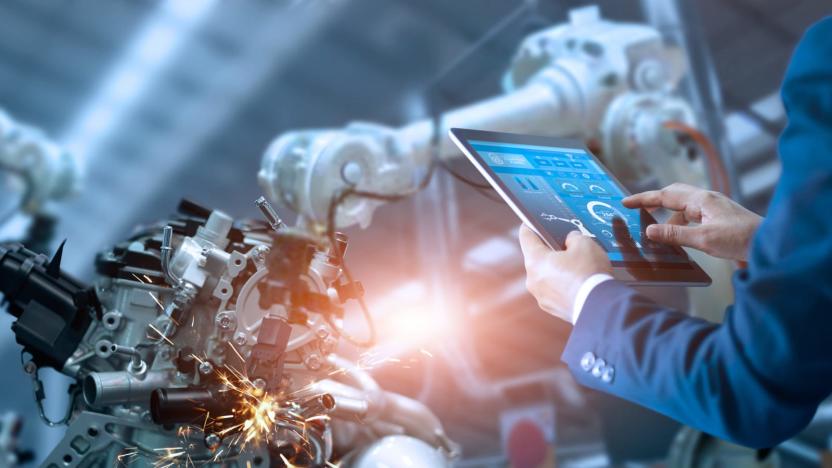
MIT algorithm helps robots guess where humans are going next
Automation is increasingly a reality in the workforce, and that means robots working alongside humans. But there's a problem: robots are often lousy at predicting where humans are going, leading them to either freeze up or risk collisions with their fleshy counterparts. Thankfully, MIT researchers have developed an algorithm that better predicts the paths of nearby humans.

Autonomous 'roboats' can assemble into floating structures
Autonomous boats might soon do a favor for people who have no intention of charting a course. Researchers at MIT and AMS Institute have developed a new version of their 'Roboat' that can identify and latch on to fellow robots to form different structures, whether it's a foot bridge, a garbage collector or a stage for a concert. The boats use cameras, lidar and computer vision algorithms to look for fellow bots with QR-like tags (to help determine their relative position), and then position themselves for docking on command. They also know to try again if there's a botched attempt.

MIT’s sensor-packed glove helps AI identify objects by touch
Researchers have spent years trying to teach robots how to grip different objects without crushing or dropping them. They could be one step closer, thanks to this low-cost, sensor-packed glove. In a paper published in Nature, a team of MIT scientists share how they used the glove to help AI recognize objects through touch alone. That information could help robots better manipulate objects, and it may aid in prosthetics design.

Why putting googly eyes on robots makes them inherently less threatening
At the start of 2019, supermarket chain Giant Food Stores announced it would begin operating customer-assisting robots -- collectively dubbed Marty -- in 172 East Coast locations. These autonomous machines may navigate their respective store using a laser-based detection system, but they're also outfitted with a pair of oversize googly eyes. This is to, "[make] it a bit more fun," Giant President Nick Bertram told Adweek in January, and "celebrate the fact that there's a robot."

The fight against childhood blindness could lead to eagle-eyed robots
Imparting vision upon machines has been a massive, multi-decade undertaking by the scientific community. And while the acuity of today's state-of-the-art computer systems can match or exceed a human's high-resolution optical anatomy, training these machines to understand what they're looking at is still a labor intensive task. But thanks to the work of Dr. Pawan Sinha, Professor of Vision and Computational Neuroscience at MIT, and his Project Prakash (Sanskrit for "Light"), we may have stumbled upon a faster and far more efficient method of machine learning. Also, thousands of congenitally blind children in India have had their vision restored, so there's that.
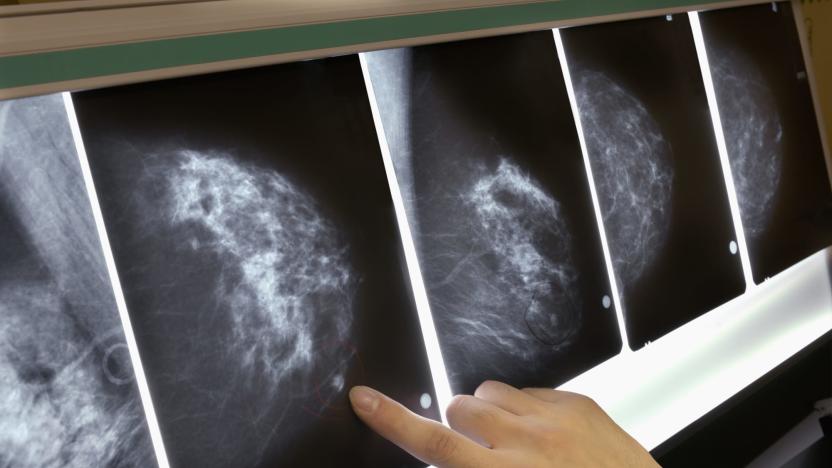
MIT AI model is 'significantly' better at predicting breast cancer
MIT researchers have invented a new AI-driven way of looking at mammograms that can help detect breast cancer in women up to five years in advance. A deep learning model created by a team of researchers from MIT's Computer Science and Artificial Intelligence Laboratory (CSAIL) and Massachusetts General Hospital can predict -- based on just a mammogram -- whether a woman will develop breast cancer in the future. And unlike older methods, it works just as well on black patients as it does on white patients.

MIT finds smaller neural networks that are easier to train
Despite all the advancements in artificial intelligence, most AI-based products still rely on "deep neural networks," which are often extremely large and prohibitively expensive to train. Researchers at MIT are hoping to change that. In a paper presented today, the researchers reveal that neural networks contain "subnetworks" that are up to 10 times smaller and could be cheaper and faster to teach.

MIT scientists 'work out' synthetic hydrogels to make them stronger
Your muscles are soft, pliable, and can resist fatigue after thousands of repetitive movements. Researchers at MIT have found a way to make synthetic hydrogels act like muscles by putting them through a vigorous workout. After being mechanically trained in a water bath, the hydrogels became pliant, soft and resistant to breakdown. A paper with the study's findings was published this week in Proceedings of the National Academy of Sciences.
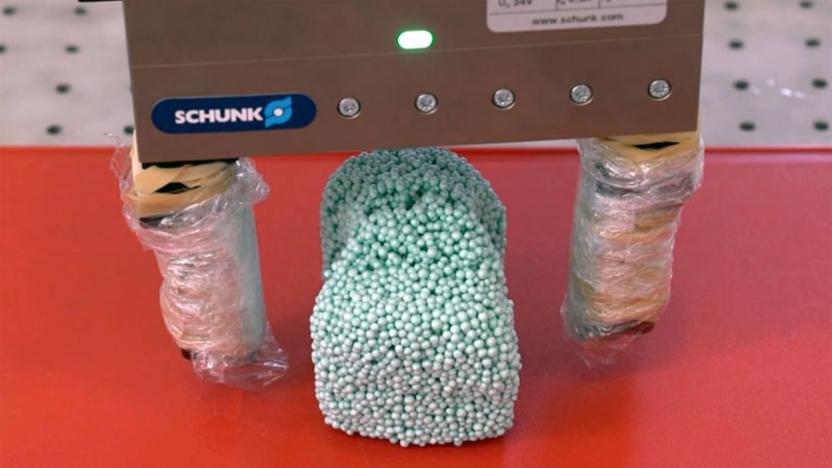
Particle learning system could help robots make sushi
There have been many attempts at teaching robots how to grab delicate objects, but they tend to rely on rough approximations that quickly fall apart in real life. MIT researchers may have a better solution: teach robots to predict how even the squishiest items will react to their touch. They've developed a "learning-based" particle simulation system that helps robots refine their approach. The new model captures how small pieces of a given material (the "particles" in question) react to touch, and learns from that information when the physics of a given interaction aren't clear. It's akin to how humans intuitively understand grip -- we already have ideas based on our personal understanding of physics.




